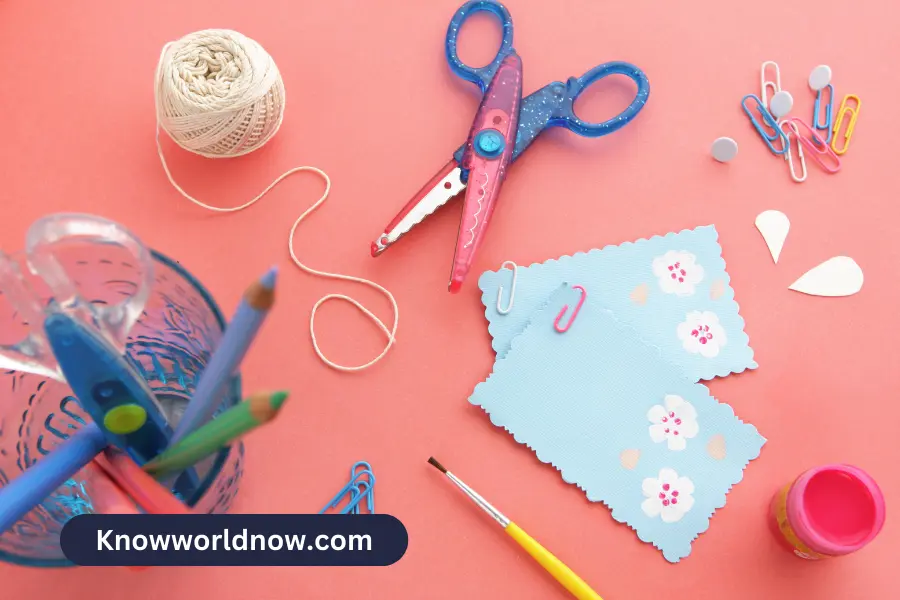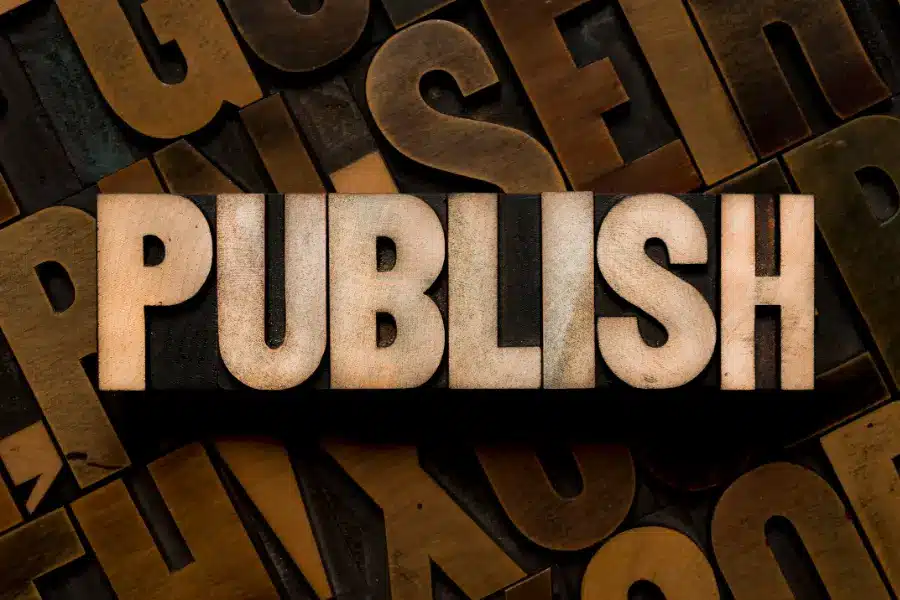Creativity is innate in humankind. Even before the advancement of technology, people were already keen on creating different art works. This is evident with some of the most famous structures built during the ancient times, such as the pyramid of Egypt.
As time passes by, a variety of art emerged as well as the different types of art mediums. And to this day, even the most novice painter who wishes to excel in this area can do so due to the abundance of art materials that are available on the market.
In this article, we’ll tackle some of the examples of painting mediums to help you know which one will suit best for your preferences and goal. Keep on reading to know more.
Acrylic Paint
The art world embraced the new medium of acrylic painting as soon as it was introduced in the 1940s. This is because of all the great things you can do with it, including how fast it dries and how flexible it is.
Artists can save time and effort because of acrylic paint’s rapid drying time when compared to other paint media. It’s water-soluble, so you may adjust the concentration to achieve different looks and feels.
The fact that it can be used to paint on a variety of substrates—from wood and fabric to paper and canvas—has also earned it a lot of praise. To make a truly spectacular work of art, you may also mix it with different mediums.
Since acrylic paint lasts longer and doesn’t fade or get damaged as easily as other mediums, it might be a wonderful choice if you’re a nomadic artist who has to bring your work with you. When you’re done painting, all you need is some soap and water to get rid of the mess.
Water Color
Watercolor is a painting medium that uses pigments suspended in a water-soluble binder, typically gum arabic, to create delicate and luminous washes of color.
This painting medium is transparent, meaning that light can pass through the paint and reflect off the paper below, creating a luminous effect that is difficult to achieve with other mediums. Its consistency is fluid, so artists can easily manipulate it across the surface they’re using.
Another advantage of watercolor is its portability. You can bring it anywhere with you, especially if you plan to make the natural world as your subject. And if you’re the kind of artist who employs layering in his artworks, then this medium is perfect for you as it can dry quickly.
Oil Paint
Oil paint can generate a wide range of values, from dark to light, and is noted for its rich, brilliant hues. You may now paint your topic with incredible realism thanks to this.
You may give your painting a three-dimensional feel by applying it in thick, impasto layers. The end effect will be more nuanced in your artistic expression.
The delayed drying time of oil paints is both a benefit and a drawback when working with the medium. You’ll have more time to perfect the final product because of how slowly it dries.
However, because the paint needs time to fully dry before handling, this increases the likelihood of damage. Once it’s dry, though, it’ll stand up well to things like cracking, fading, and yellowing.
Charcoal
Since the discovery of fire was important to human progress, charcoal has been used as a painting medium for millennia. This means that oil paint is one of the most accessible painting media.
To create charcoal sticks, organic powder is bound with a waxy material. Art supplies that can be quickly wiped are hard to come by. Therefore, if you intend to utilize it as your medium, you need to research the best fixatives to preserve your work for as long as possible.
Ink
The ancient Egyptians and many Asian cultures employed a style of ink painting called calligraphy to create some of the world’s first works of art. Black and colored ink are used to create striking contrasts and draw the eye to minute details in a work of ink painting.
This media may be used to paint fast, much like watercolor, and it can also be thinned with water. If you later decide you don’t like it, you can easily remove it with a palette knife.
Learning More About Painting Mediums
Aside from the mentioned painting mediums above, there are still other painting mediums you may explore as you expand your knowledge about painting.
Gaining information about these will help you expand your style and discover the one that will work best for you.
That said, don’t be afraid to experiment and explore different mediums because not only will it help you find the perfect one for you, it’ll also help you become versatile and flexible.



